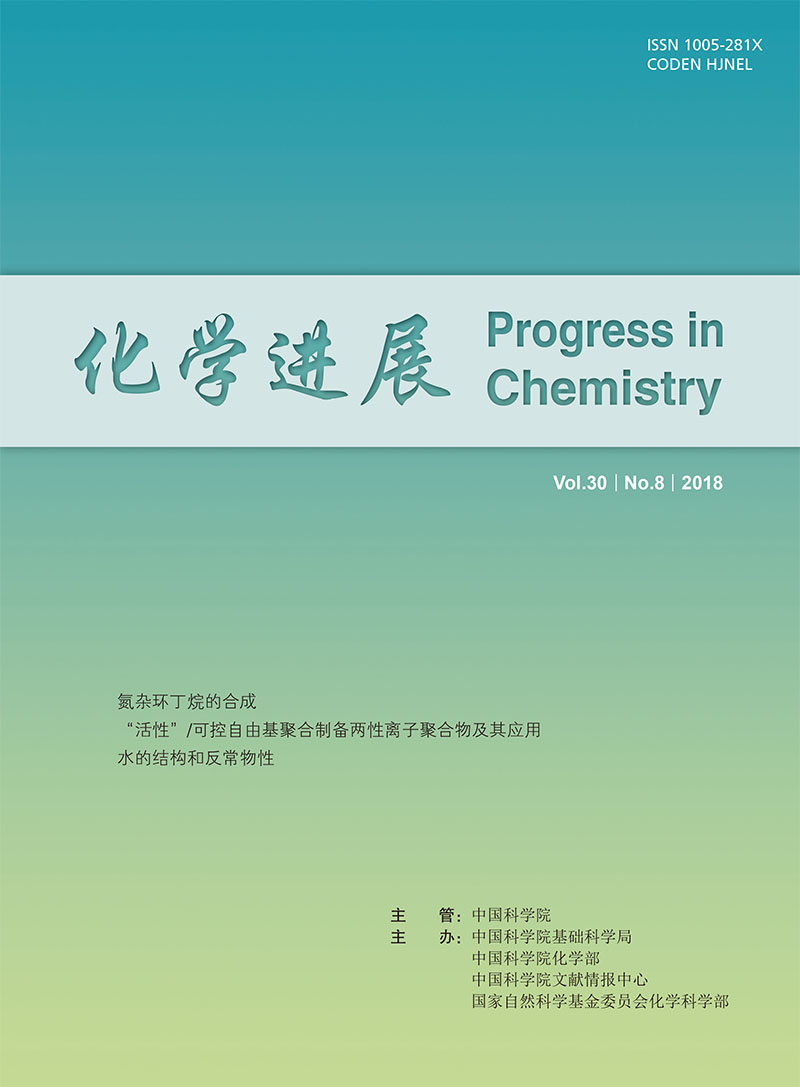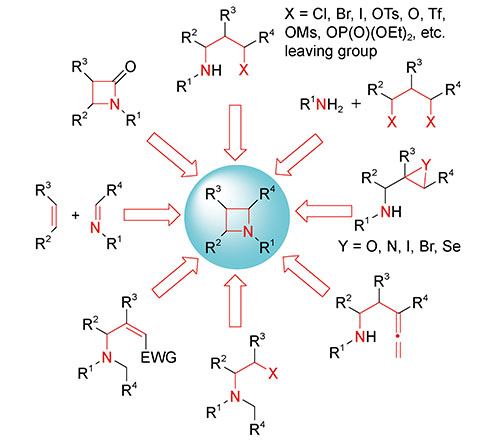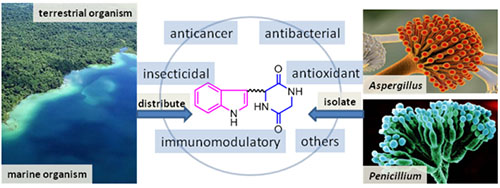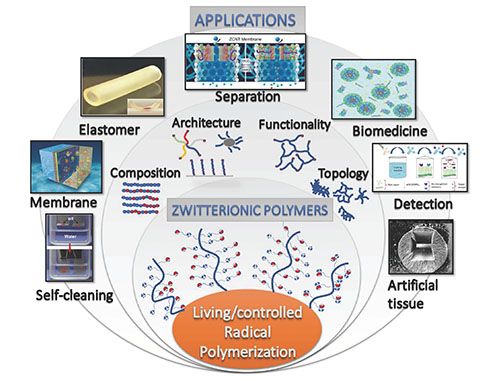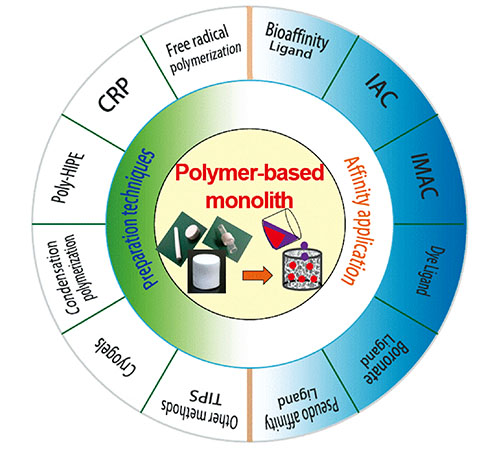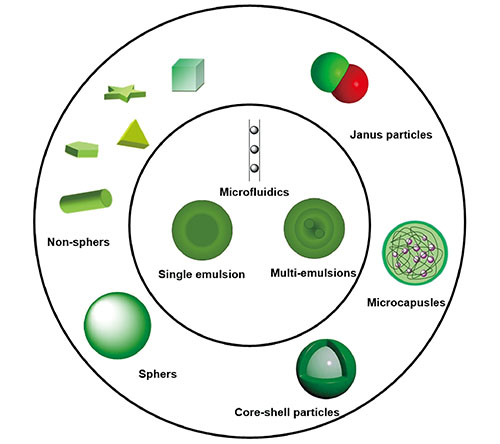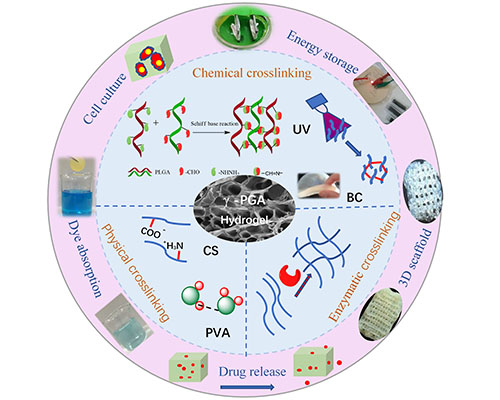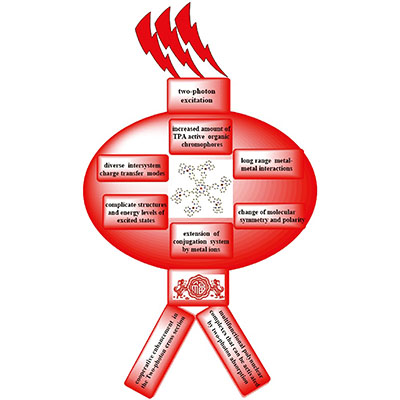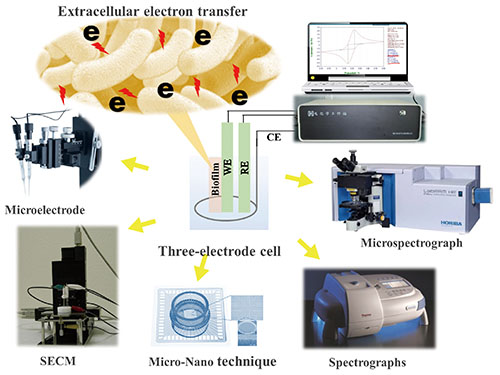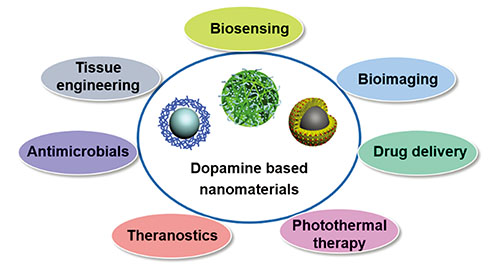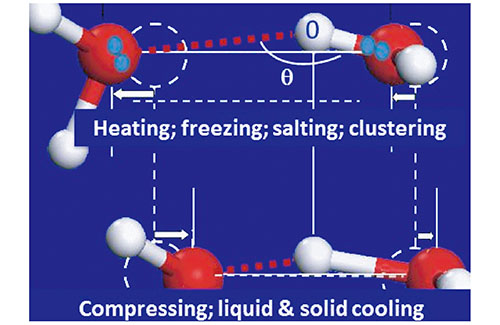Junli Wang, Yaling Wang, Jingxia Zheng, Shiping Yu, Yongzhen Yang, Xuguang Liu. Mechanism, Tuning and Application of Excitation-Dependent Fluorescence Property in Carbon Dots[J]. Progress in Chemistry, 2018, 30(8): 1186-1201.
Abstract
Carbon dots(CDs), as a class of rising nano-materials with strong fluorescence and tunable emission wavelength, exhibit potential application in many fields including optoelectronic device, biosensing and drug carrier because of their superior resistance to photobleaching, low toxicity and excellent biocompatibility. The unique excitation-dependent fluorescence property of CDs denotes the variation of the emission wavelength of CDs with the excitation wavelength, thus the realization of full-color emission through tuning excitation wavelength, which will provide a possibility for the application of CDs in multicolor imaging. Meanwhile, the emission of CDs can extend to near-infrared region when excited by long-wavelength, exhibiting the potential application in living imaging. Therefore, it is important to explore the mechanism of excitation-dependent fluorescence property of CDs, so as to provide a theoretical guidance for realizing their excitation-dependent fluorescence property. In this review, the recent progress in excitation-dependent fluorescence property of CDs was summarized, with especial emphasis on their mechanism, realization approach and application. At present, the excitation-dependent fluorescence in CDs has induced different hypotheses, such as the presence of multiple surface states, wide size distribution, formation of carbon nuclei in CDs, and slow solvent relaxation around CDs. Therefore, the excitation-dependent fluorescence can be realized by tuning surface states, size distribution and carbon nuclei. In addition, the unique property exhibits potential application in imaging and optoelectronic field. In the end, the existing problems are pointed out and the prospects are predicted.
Contents
1 Introduction
2 Mechanism of excitation-dependent fluorescence property in CDs
2.1 Distribution of different surface states
2.2 Distribution of wide particle size
2.3 Structure of carbon nuclei
2.4 Slow solvent relaxation around CDs
3 Approaches to excitation-dependent fluorescence property in CDs
3.1 Tuning of surface states
3.2 Tuning of size distribution
3.3 Tuning of carbon nuclei
4 The application of excitation-dependent fluorescence property in CDs
4.1 Multicolor imaging in vitro
4.2 Imaging in vivo
5 Conclusion and outlook




